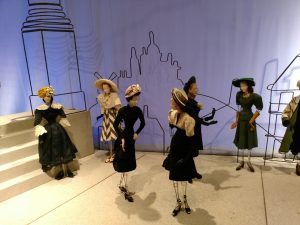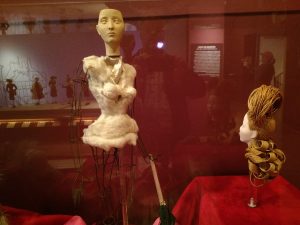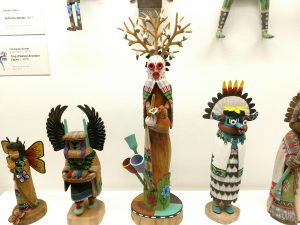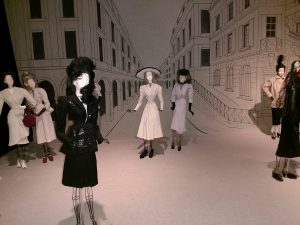Recently, I was at a conference on Meditation & Mindfulness, a Reading Apprenticeship sponsored event. One of the great things about conferences is that you get to meet different instructors and benefit from their different approaches, skills, interests, and passions. One of the first sessions I got to participate in was with John Falconer and Heidi Sheneberger, both great instructors (by which I mean knowledgeable, skilled, enthusiastic, and compassionate). And what is fun about these conferences is that you sometimes get to discover what teachers are passionate about. One of the things that Heidi is passionate about is fashion. She talked a little about what she did in school and some of her favorite books on fashion history and I was on the edge of my seat. I have felt that this is a long neglected area of culture in critical theory: fashion as text, fashion as a presentation of self, or fashion as communication. This is an area of study that is very familiar to French and Italian theorists but does not seem to have really caught hold in the U.S. I have long been a reader of Umberto Eco and Roland Barthes, and interested in semiotics and how the ideas around semiotics lend themselves well to interpreting fashion. I have been very interested in the “Semiotics of Fashion” because of this. According to Wikipedia, the Semiotics of Fashion “…is the study of fashion and how humans signify specific social and cultural positions through dress. Ferdinand de Saussure defined semiotics as ‘the science of the life of signs in society.’ Semiotics is the study of signs and just as we can interpret signs and construct meaning from text we can also construct meaning from visual images such as fashion. Fashion is a language of signs that non-verbally converse meanings about individuals and groups. It holds a symbolic and communicative role having the capacity to express one’s unique style, identity, profession, social status, and gender or group affiliation.”
Heidi talked at the conference about the Maryhill Museum of Art in Maryhill, WA (which is out in the middle of nowhere) and recounted seeing the “Théâtre de la Mode,” which is a fashion exhibit from the end of World War II. At the end of the war, fabrics and other resources to put on fashion shows were in short supply, so they came up with this new kind of exhibition to replace the traditional fashion show.
The exhibit first debuted at Louvre’s Museum of Decorative Arts in 1945. It featured the fashions of post-World War II France which featured 1/3rd size mannequins wearing fashions created by the finest Parisian designers. The opening event reportedly drew 100,000 visitors. It toured throughout Europe and came to the U.S. in 1946. According to the Maryhill website, “the exhibition languished in the basement of San Francisco’s City of Paris department store. The sets were destroyed, but the mannequins were saved by Alma de Bretteville Spreckels who championed their acquisition by Maryhill Museum of Art.”
The Maryhill Art Museum has nine of the re-built sets and restored mannequins dressed in the latest fashions of 1946. Each year, three of the nine sets are on display. Seeing fashion out of the context of what is now a traditional fashion show, and in the context of history, is important – it helps buttress the idea of fashion as a text and allows us to see fashion in new ways.
The sets currently on display include Jean Cocteau’s “My Wife is a Witch” and Jean Saint Martin’s “Paris Sketch,” both sets recreated by Anne Surgers in 1990, and Anne Surgers’ “Street Scene,” a replacement for Georges Wakhevitch’s “The Port of Nowhere.” All three sets feature 1946 evening and day wear by some of the top Parisian designers, including the house of Worth, Ana de Pombo, Lucien Lelong, Nina Ricci, Lanvin, Rochas and Balmain.
One of the things that I found fascinating about the exhibit was the contrast between the fashion exhibit and the Native American dolls in the Native American art section.




Related articles
- Paris wants to build a massive forest that would be 5 times larger than Central Park (businessinsider.com)
- Italian fashion chamber working toward sustainability goals (foxnews.com)
- Dolce & Gabbana is using drones to model its handbags at Milan Fashion Week (businessinsider.com)
- R.I.P. High-End Fashion Designer Hubert de Givenchy Dead At 91 (bossip.com)



